After swooning over the necklace of shoreline gems skirting the Great Ocean Road, as the name suggests, the Great Ocean Road and Beyond tour delivers so much more. It deftly unwraps so many inland bonbons, scattered across Southern Australia. As we tracked away from the coast, en-route to Adelaide, one of our last Victorian stops was at Koroit, an evocative rural town, bracketed in rolling green pastures on the northern slopes of the extinct volcano, Tower Hill.
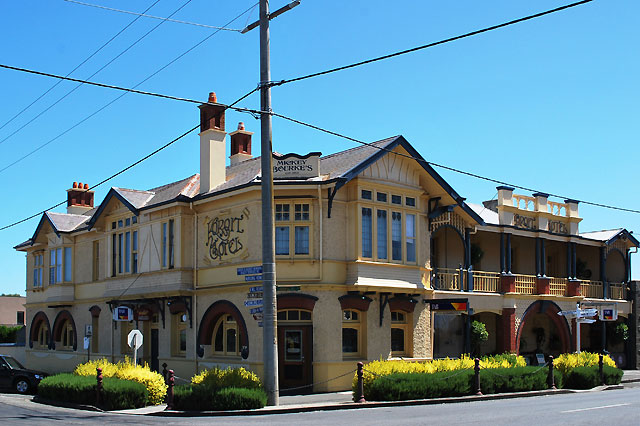
Lauded for its potatoes, onions and dairying, Koroit is steeped in Irish settler heritage which underpins its enduring personality today. Hundreds of Irish people flocked here following the potato famine in the 1850s. As a history-hound, I was enthralled by Commercial Road’s trove of heritage architecture, where so many old-timers have been faithfully preserved and restored. Mickey Bourke’s Koroit Hotel was erected in 1853 As a simple two-storey bluestone structure. The elaborate Art Nouveau facade, which makes it the most distinctive building in the street, was added in the early 1900s.
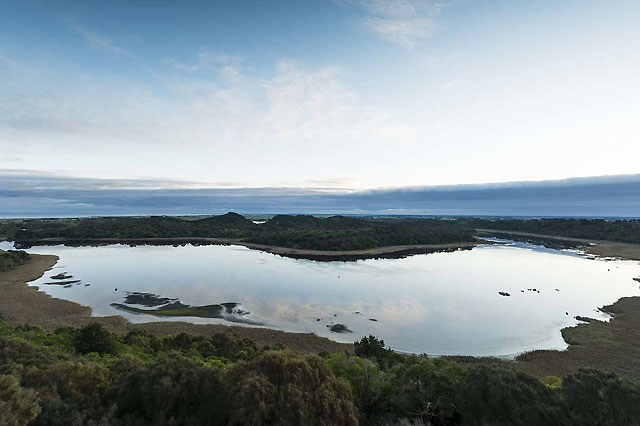
From the 1870s, there’s the State School, the courthouse, police station, the post office and banks. It’s a sturdy town evoking a sense of stately self-importance. But the prize draw is Tower Hill, a volcanic maar crater with a lake and layers of solidified volcanic ash, which was formed about 32,000 years ago. All around the crater, conical hills thrust upwards from the boggy ground, essentially forming islands that jut out of the shallow, swampy lake. In 1892, the site was declared as Victoria’s first national park, and our group were enchanted by our visit to the wildlife reserve, expertly hosted and enlightened by an Aboriginal guide.
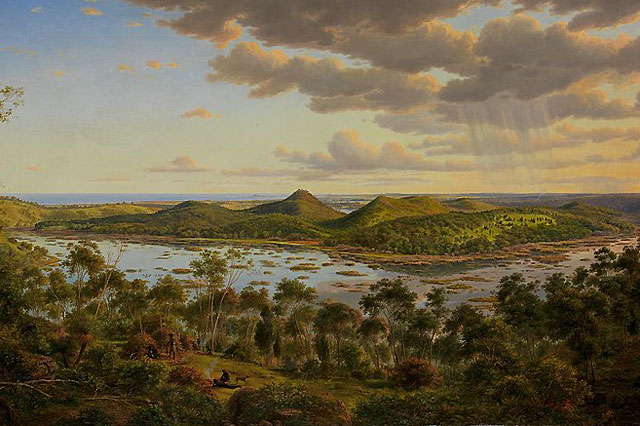
The on-site natural history centre displays artefacts that were found in volcanic ash, indicating Aboriginal occupation at the time of the eruption 32,000 years ago. European settlers cleared much of the native vegetation for farming, yet since 1961, the reserve has been densely re-vegetated with hundreds of thousands of local species, as if the clock has been turned back. A central point of the reference that guided the revegetation programme was an 1855 painting by Eugene Von Guerard, depicting the layout of the park before it was denuded. Thanks, Eugene! Manna gum, blackwood, black wattle, swamp gum and drooping sheoak trees are threaded by inviting trails.
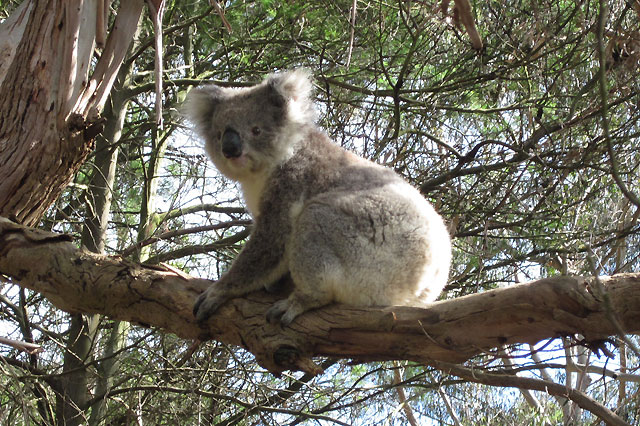
The flora has subsequently encouraged the resplendent return of native fauna, abundant with hundreds of kangaroos, koalas, wombats, sugar gliders, echidnas, numerous waterbirds (including Cape Barren geese, musk ducks, spoonbills and chestnut teals) and emus. It was a thrill to explore. We also fine-tuned our boomerang-throwing skills, under the commanding, diplomatic tutelage of our guide. Alas, my boomerang didn’t come back. Tower Hill’s plethora of animal species and the stupendous setting is a wonderful place to learn about the Australian bush and the region’s indigenous history.
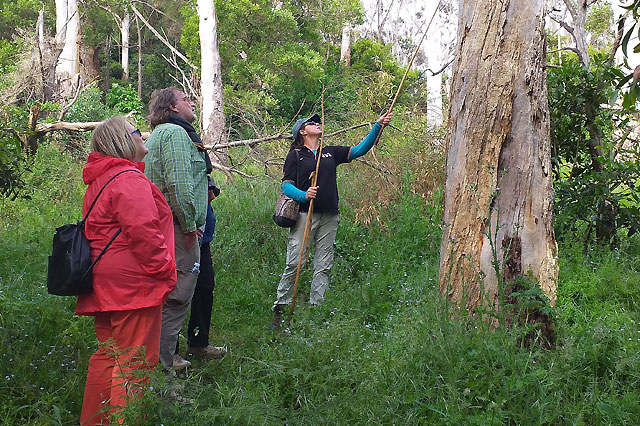
Just a few kilometres from the South Australian border, that slices across the Glenelg River, we enjoyed a pub lunch stop at the languid little fishing village of Nelson before prowling north to Mount Gambier. South Australia’s second biggest city is a geological powerhouse, given what lies beneath. When volcanoes rocked the region over 5,000 years ago and lava cooled, caves were formed, a beguiling array of sinkholes developed and spell-binding lakes established the limestone foundation of Mount Gambier. Despite being inland, the region is lustily billed as the Limestone Coast, in deference to its astounding subterranean limestone wonderland.
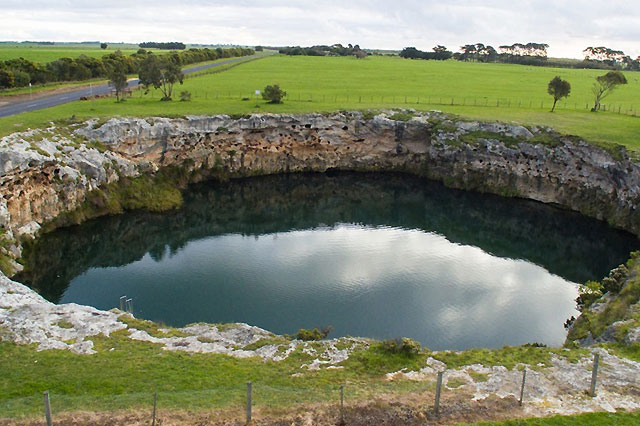
Beneath Mount Gambier’s urban streets, experienced divers can explore a myriad of underground chambers, like the secret tunnels of Engelbrecht Cave, carefully weaving their way through an intricate maze of water-filled passages, while the world passes by overhead. The hero South Australian doctor, Richard Harris, who was at the centre of the successful rescue of the Thai football team, fine-tuned his equipment in Little Blue Lake in Mt. Gambier, beloved by divers. Its bigger brother is Blue Lake, the poster-child for Mount Gambier, a remarkable volcanic crater lake, which changes colour.
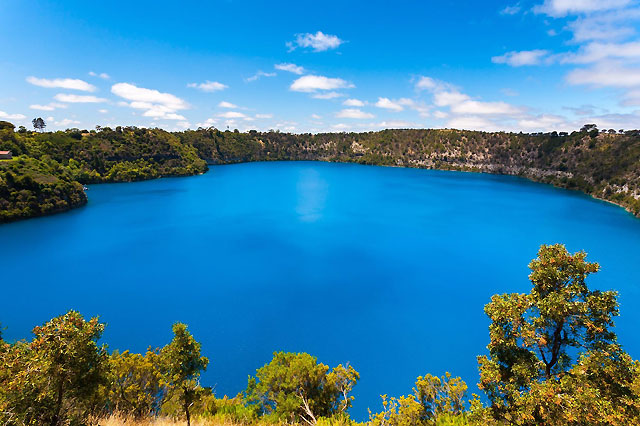
As our group observed, early each November, the lake’s steely grey-blue hue, which dominates the winter months, mysteriously changes to an intense cobalt blue almost overnight. The colouring remains until late February, when it gradually changes back to its more sombre and steely winter shade. It’s all due to the seasonal redistribution of tannins and calcium carbonate particles throughout the lake, apparently.

Providing the city’s water supply, the lake spans over 1.2km in length, over 800 metres in width and reaches a depth of over 75 metres. It’s a whopper. Need a leg-stretcher? You can wander around the rim of the lake along a 3.6km trail, or just lap it up from the lookout points. It’s a wondrous spectacle, that will fill your Instagram feed. Our group gazed longingly over this luminous masterpiece of nature.
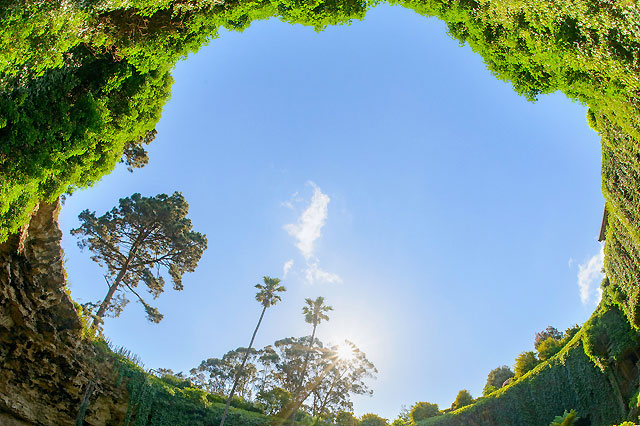
In addition to crater lakes, Mount Gambier’s wider area boasts over 50 water-laden sinkholes. The Umpherston Sinkhole (or the Sunken Garden) was once a typical limestone cave. Formed by the corrosion of limestone rocks by seawater waves, the sinkhole was naturally created when the chamber’s roof collapsed, creating a pockmark in the Earth. In 1886, the sinkhole was spectacularly transformed into a gigantic sunken garden by local farmer, James Umpherston, beautifying the gaping hole, thickly planting vegetation within it, from hydrangeas and luscious ferns to blazing flower beds and enormous hanging vines which could double as Jack’s beanstalk, garlanding the full depth of the hole.
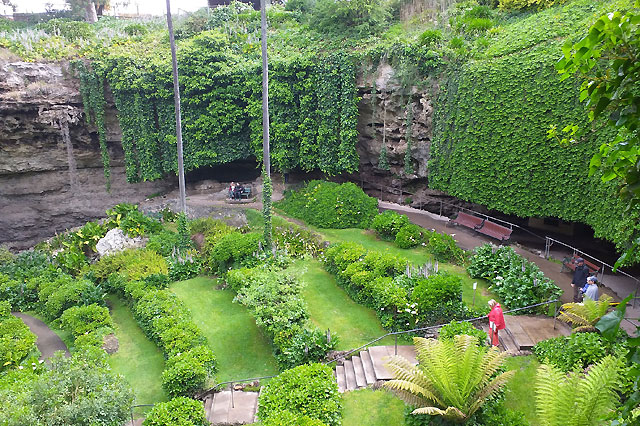
At ground level, you can gaze into this hidden Eden from the viewing platforms, before heading down into its wrapround glory, via the superbly constructed ramps and staircases. Open from dawn to dusk, and free to enter, if you happen to be here when the sun sets, you’ll notice that scores of resident possums descend on this tranquil garden for a furtive feed, under the flood-lights. Wrapped in a beautifully maintained park, this historic sunken garden, which has been planted on a series of terraces reflects a bygone era, channelling a sense of Victoriana. Who knew a sinkhole could be so resplendent?
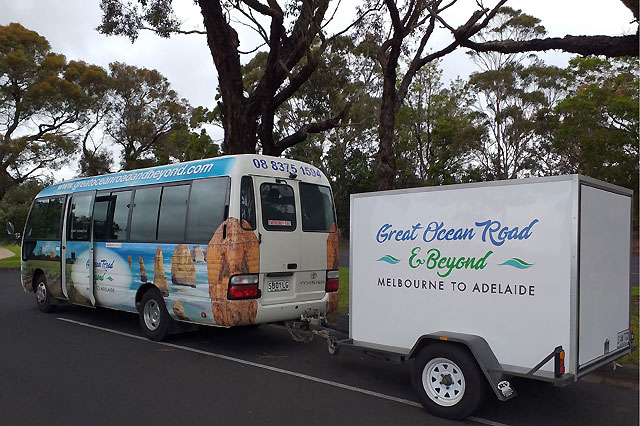
Great Ocean Road and Beyond combine awe-inspiring sightseeing, local secrets and vivacious company with elegant four-star accommodation options, throughout this four-day tour from Melbourne to Adelaide. Breakfast and lunch is covered by the tour, at characterful cafes and eateries where you get an indelible introduction to the friendly locals, while dinner is up to you, from the plethora of local hospitality options. Savour the splendour of Southern Australia on this unique tour, which is leisurely paced, loaded with memorable experiences and sparkling company. Soak it all up, in style and comfort. https://greatoceanroadandbeyond.com.au/
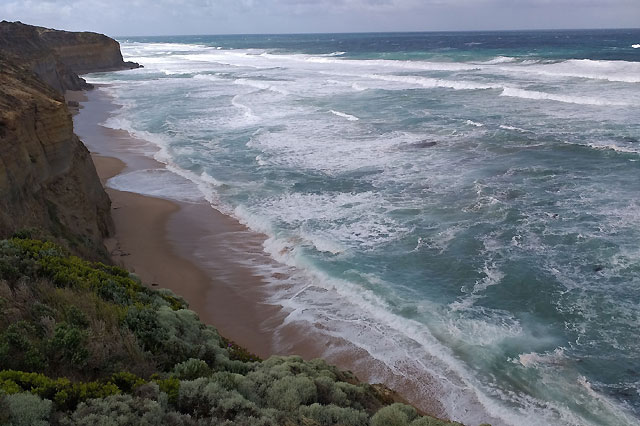
Are you planning a great escape to the diverse riches of South Australia? Make your first stop the official tourism website, awash with trip inspiration and touring ideas. www.adelaide.co.nz
Award-winning Air New Zealand fly non-stop from Auckland to Adelaide, four to six times a week, whisking you direct to the delights of South Australia, eliminating the hassle of airport transits and onward connecting flights. For best fares and seats to suit, jump to www.airnewzealand.co.nz

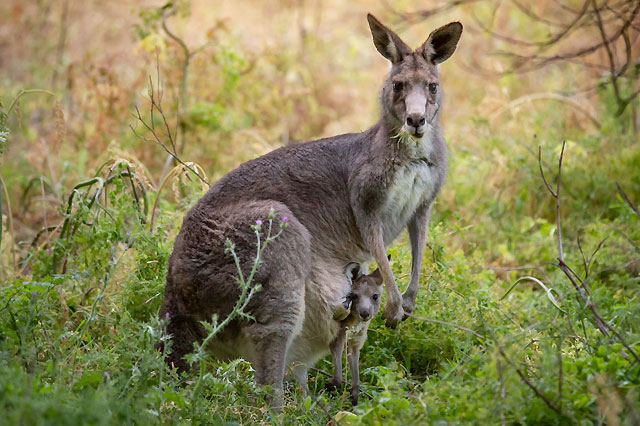
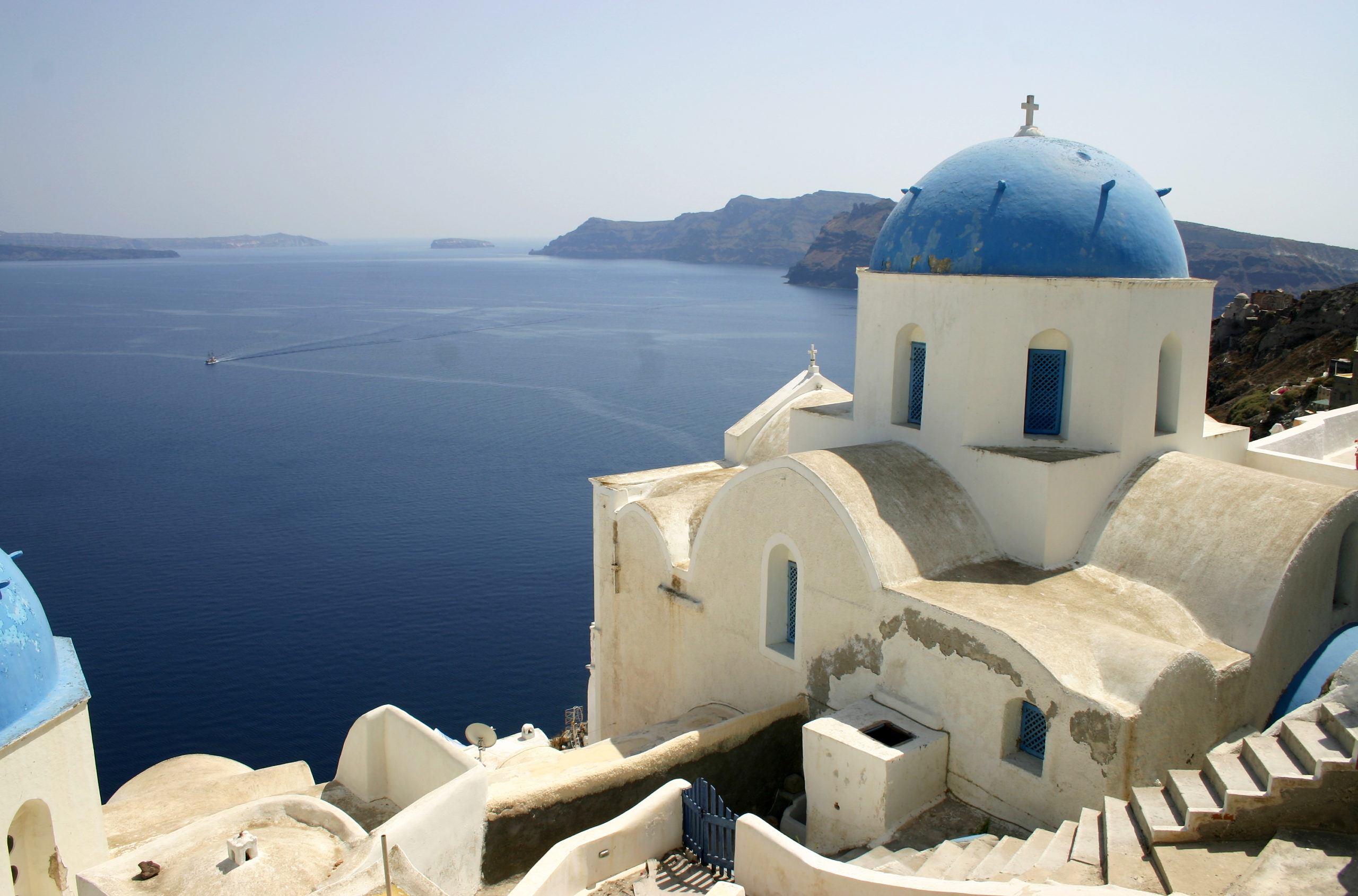


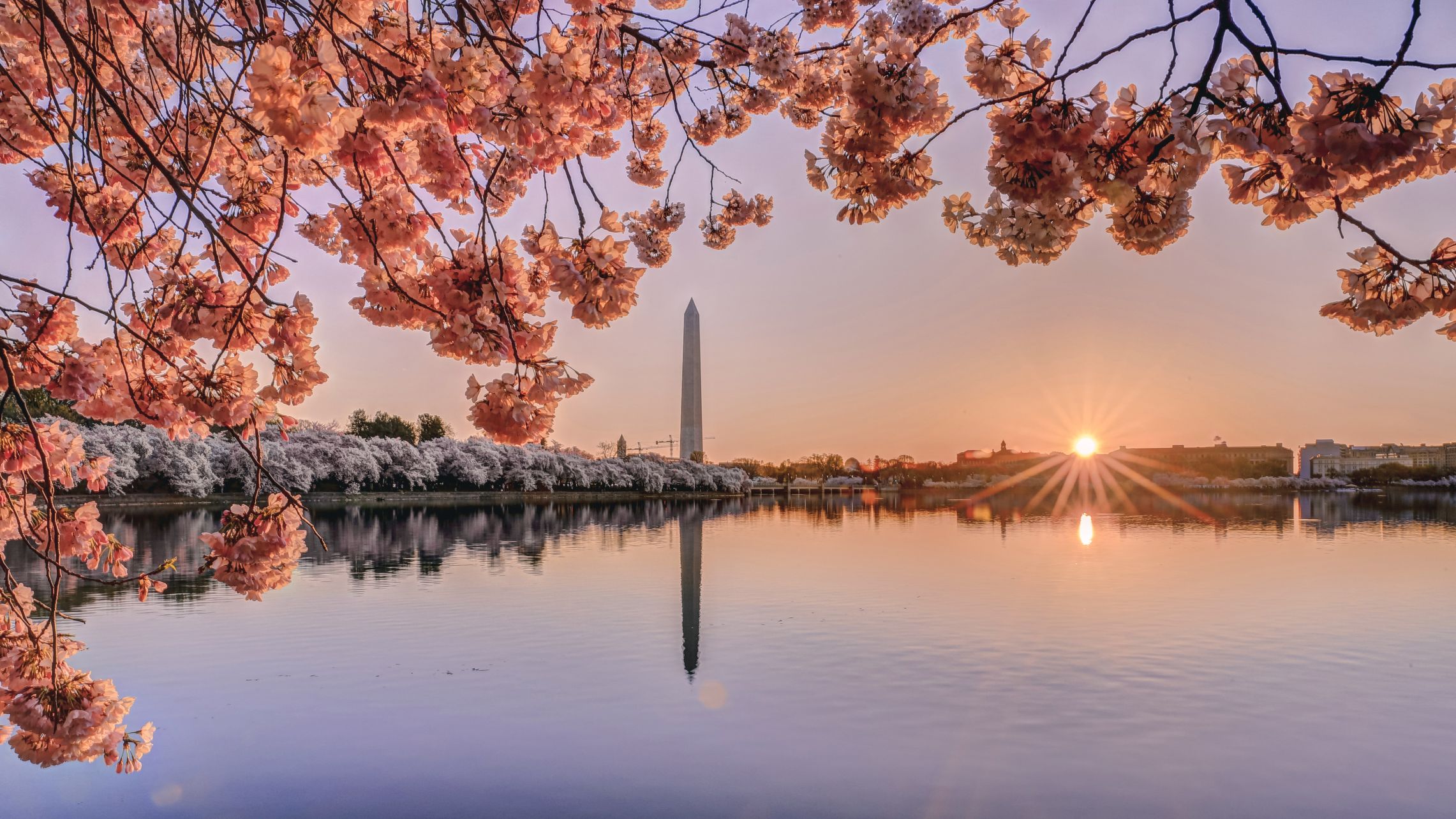
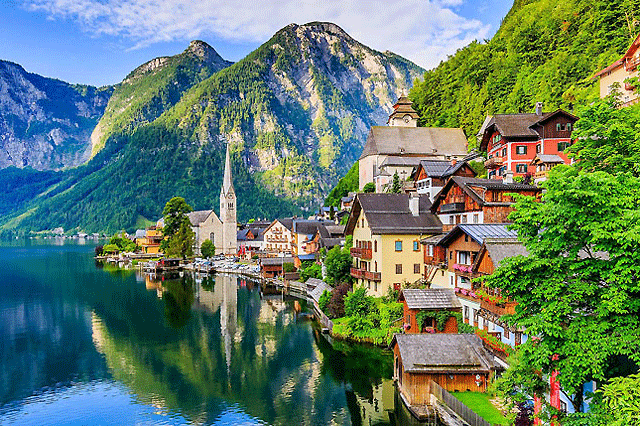
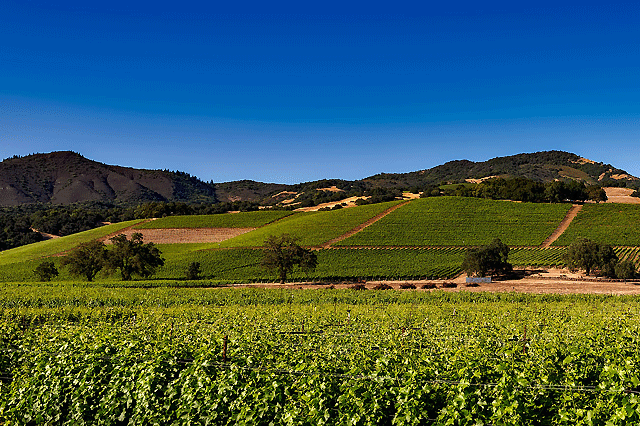





Recent Comments